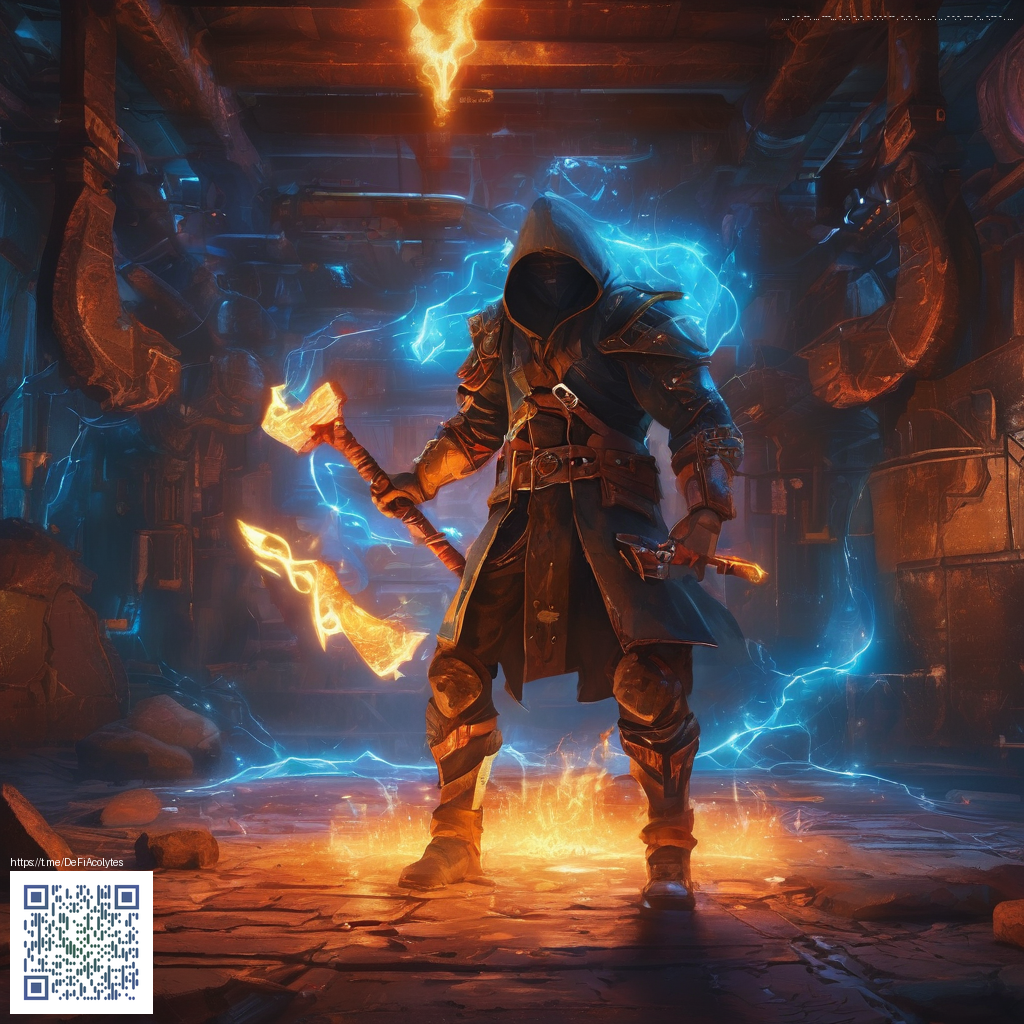
How Core Mechanics Shaped Its Timeless Puzzle Appeal
When a game leans on a few simple rules and a cascade of satisfying feedback, it can outlast trends and fads. Bejeweled first arrived in 2001 from PopCap Games with a deceptively modest premise swap gems to form lines of three, watch the gems vanish, and then see new pieces tumble into place. What followed was a design philosophy built around accessibility, quick rounds, and a payoff that grows with your skill. The result is a puzzle game that feels both familiar and endlessly replayable, a rarity in a landscape crowded with ever evolving genres.
Foundations of the core loop
At its heart the core loop is deceptively straightforward. You swap two adjacent gems to align three or more of the same color. Those gems disappear, creating space for others to drop in from above, often triggering chain reactions. Each cascade rewards timing and foresight, encouraging players to plan several moves ahead even within a fast paced session. The visual feedback is instant: bright glows, clear sound cues, and a growing score that mirrors the intensity of the chain reactions.
Designers emphasized clarity over complexity. Colors are distinct enough to distinguish at a glance, and the grid layout keeps the action legible even during rapid cascades. The balance of luck and skill is deliberate. A player can influence outcomes through careful swapping, but the exact order of future gems remains partly random, which invites experimentation and playful risk taking during a run.
Why it clicked with players
Bejeweled popularized a rhythm players could narrate with confidence. Short, bite sized sessions fit into a break between tasks, while the deeper mechanic of chaining and maximizing cascades offered a subtle mastering path. The bright palette evokes a cheerful arcade vibe, yet the gameplay carries genuine strategic weight. New players can quickly glimpse the joy of a perfect cascade, while veterans pursue multi move combos and high scores that feel earned rather than granted by luck.
On the community front, fans celebrated discoveries about maximizing scores with efficient swap sequences and gem color distribution. The game also became a template for watchable play, with streamers and friends sharing reels of dramatic clears and near misses. These moments reinforce a social loop that keeps players returning, first for casual play and later for mastery challenges.
Updates across the years
PopCap expanded the core idea through sequels and spinoffs that broadened the experience without diluting the essential mechanics. Bejeweled 2, released a few years after the original, added new modes and refinements that kept the core loop intact while offering fresh twists. Bejeweled Blitz, a fast paced version introduced later, tested reaction speed and decision making under time pressure, demonstrating how the same mechanics can scale dramatically with tempo changes. The franchise later rode the wave of cross platform availability, ensuring players could enjoy the same satisfying cascades on multiple devices. In parallel, the broader company landscape shifted when Electronic Arts acquired PopCap in 2009, a move that helped integrate Bejeweled into a wider ecosystem while preserving its accessible roots.
Modding culture and community insights
Even when a game centers on a clean, polished experience, fans imagine variants and experiment with ways to remix it. Bejeweled inspired a wave of clones and fan made variants that tested different grid sizes, gem counts, and scoring rules. While the official titles stayed focused on core mechanics, the community explored speedrun friendly layouts, custom challenge modes, and fan art that celebrated the game’s iconography. This DIY mindset mirrors larger puzzle and arcade communities, where the tactile joy of matching gems translates into a shared hobby that persists beyond a single release cycle.
Designers aimed for a balance that invites both casual play and deeper competitor moments. The result is a game that feels fresh in small doses yet remains deeply satisfying after dozens of runs.
Developer commentary and design philosophy
From the outset the guiding principle was obvious: a title should be instantly approachable, yet offer pathways to mastery. By prioritizing immediate feedback, clean visuals, and a loop that rewards deliberate planning, the creators established a template that many puzzle games still imitate. The emphasis on quick, repeatable sessions translates into a looping difficulty curve that scales as players refine their swapping technique, learn to anticipate cascades, and chase higher scores. This design ethos resonates with a broad audience, from casual players looking for a quick brain workout to competitive players chasing personal bests.
In interviews and retrospectives, the designers highlighted the importance of color clarity, responsive controls, and a scoring system that makes every match feel consequential. The practice of preventing awkward starts, preserving a smooth flow, and rewarding streaks with tangible in game feedback became touchstones for subsequent entries in the genre. The result is a timeless template that many modern puzzle titles draw from when crafting experiences that balance ease of access with meaningful depth.
To summarize, the key choices behind core mechanics are not mere accidents of design. They are intentional decisions that shape how players discover the game, how they progress, and how the community perceives the title years after its first release. The combination of accessible rules, responsive feedback, and cascading satisfaction creates a loop that remains both welcoming and deeply gratifying for a wide spectrum of players.
Your support helps keep this kind of in depth, thoughtful coverage alive in a decentralized internet where creators own their narratives. Consider contributing to the community fund below to sustain independent gaming journalism that shines a light on the how and why behind the games we love.
Bejeweled Community Fund